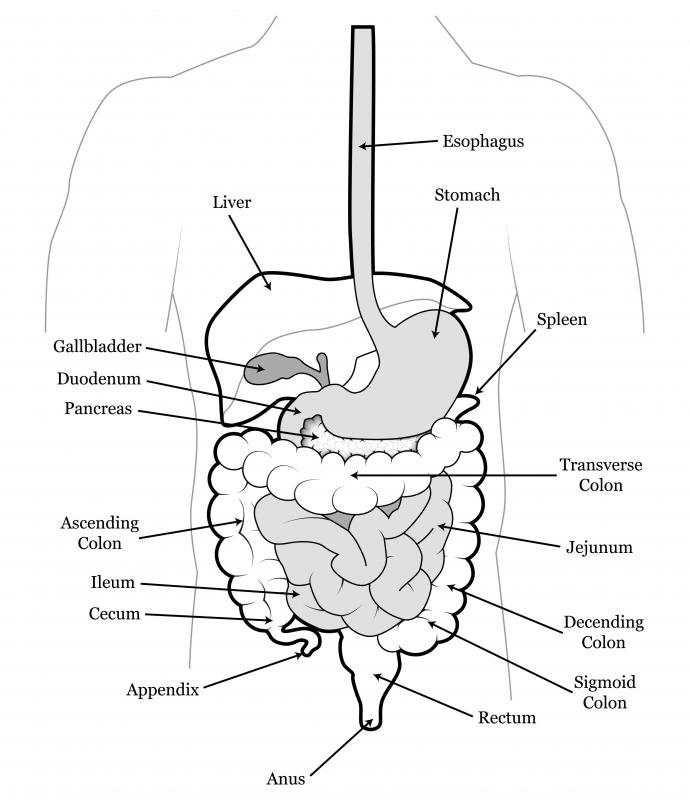At WiseGEEK, we're committed to delivering accurate, trustworthy information. Our expert-authored content is rigorously fact-checked and sourced from credible authorities. Discover how we uphold the highest standards in providing you with reliable knowledge.
What Is a Ureterosigmoidostomy?
Ureterosigmoidostomy reroutes the ureters to drain urine into the sigmoid colon instead of the bladder. This urinary diversion surgery may be necessary if a patient’s bladder must be removed because of cancer or another problem. It does not require the use of an ostomy bag to collect the urine, as it drains out through the colon. Potential complications can arise, including cancers at the surgical site and loose mixtures of stool and urine. Medical providers do not widely use ureterosigmoidostomy in many nations because of these risks.
In the surgery, a doctor carefully separates the ureters and tunnels them into the wall of the sigmoid colon. Urine from the kidneys will drain into the colon for elimination, rather than into the bladder or out through a collection bag. Some patients may need a temporary colostomy with collection bag during healing. This can later be reversed once the patient has fully recovered.

There are some concerns associated with ureterosigmoidostomy because urine is not designed to drain through the bowel. Urea can be absorbed through the bowel walls, changing the patient’s blood chemistry, and patients may have trouble with continence, especially at night. Older adults or young children who have trouble controlling defecation may experience periodic accidents and leakage that cause discomfort or anxiety.

Cancers have also been noted around the surgical site in some patients, typically approximately 30 years after surgery. The exact cause for the connection between ureterosigmoidostomy and cancer is not fully understood, but may involve inflammation where the ureters are sewed into the bowel wall. Patients need to be carefully screened for early warning signs of polyps and lesions on the bowel lining in case they develop cancers.

There is also a risk of kidney infections with ureterosigmoidostomy. If feces travel up the ureters and into the kidneys, they can cause inflammation and infection that may lead to complications. Some patients use prophylactic antibiotics to prevent this problem, but long-term use of antibiotics can also create medical problems and must be carefully considered before being adopted.

The challenges involved in caring for a ureterosigmoidostomy have led some surgeons to recommend alternative methods of urinary diversion. Using an ostomy pouch to collect urine drained directly to the skin can be a safer option, although patients may find it distasteful. Over time, patients can get used to using a pouch and may appreciate the reduced risk of complications when compared to other procedures.
AS FEATURED ON:
AS FEATURED ON:















Discussion Comments
What is the difference between a Wet Ostomy and Ureterosigmoidostomy?
Post your comments